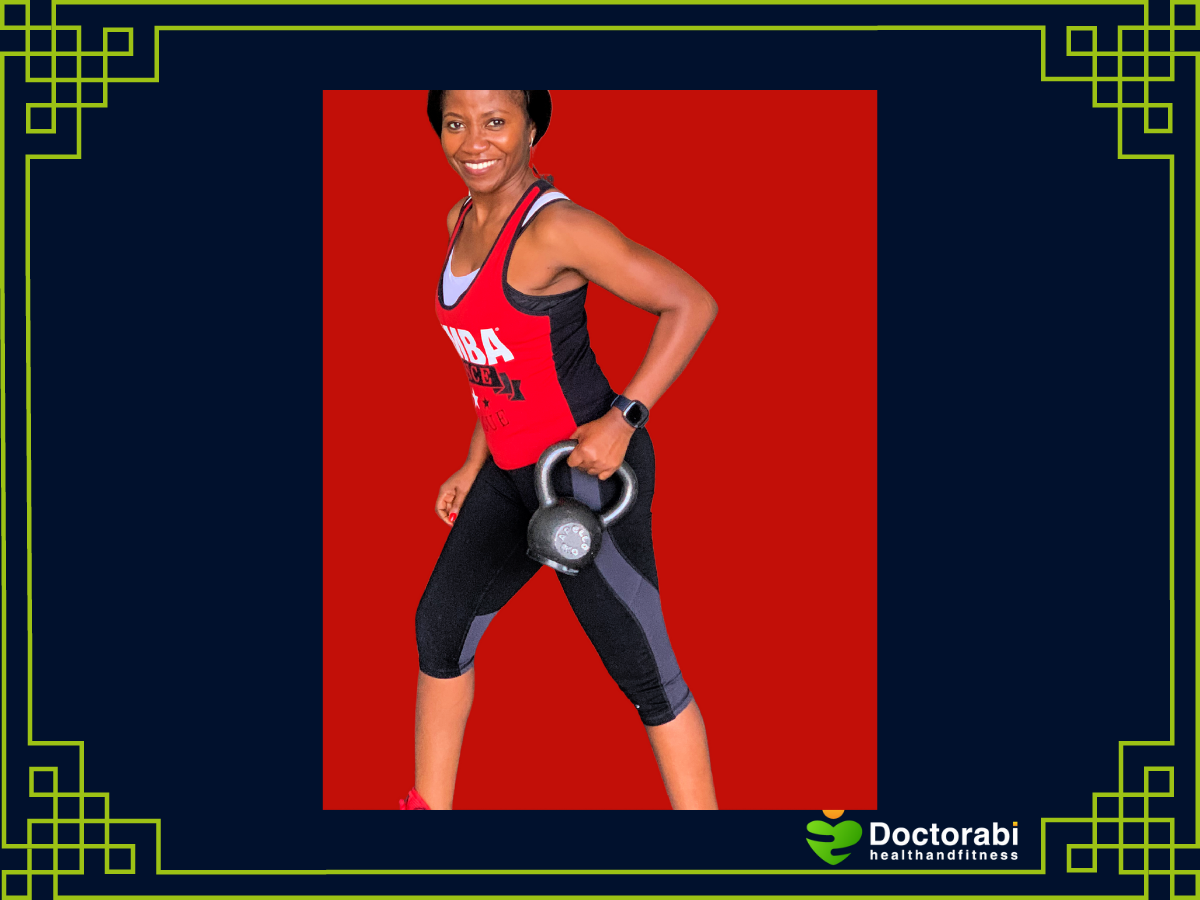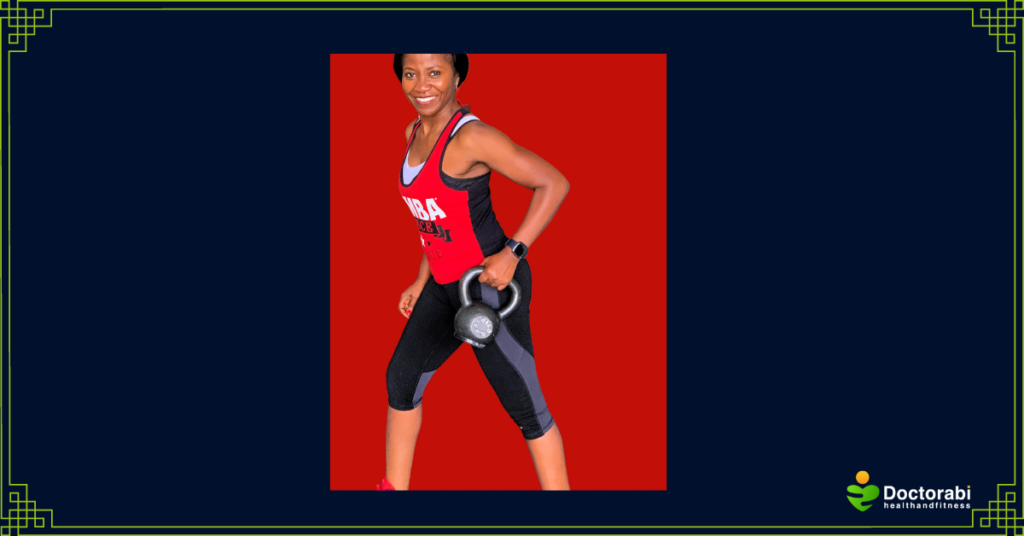
Earlier this year, I sustained an injury to my right shoulder from exercise. Twenty years of regular exercise, and this was the most significant injury I ever sustained. What could I have done differently to prevent this? Watching fitness enthusiasts, whether in person, on TV, or online, we do not see their injuries and what they do to prevent exercise injuries. Injuries are widespread in regular exercisers, and one has to be intentional about taking steps to prevent injuries while exercising.
How common are exercise injuries?
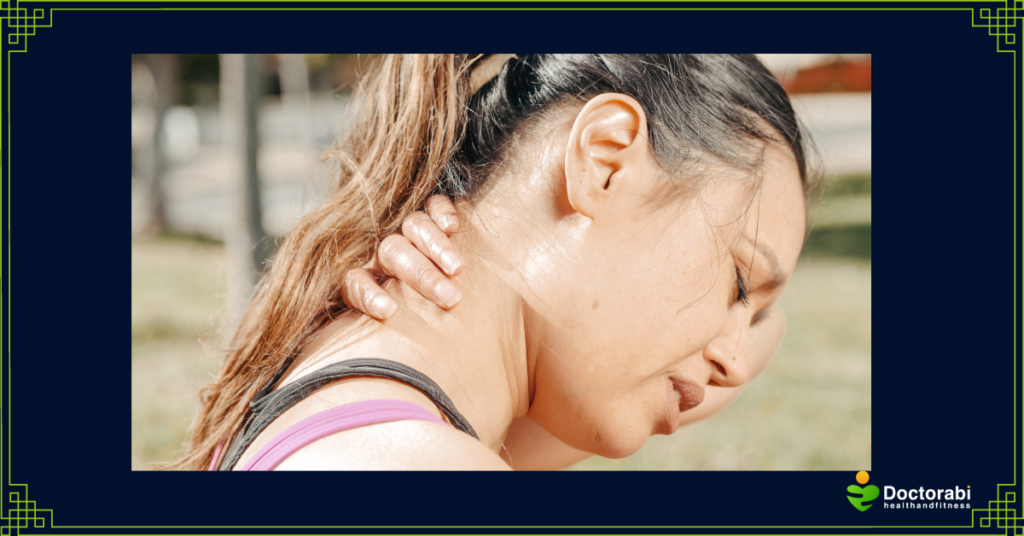
Here are some statistics. Among all sports and recreational activities, exercise is the commonest reason for injuries. According to the National Safety Council (NSC), in 2019, exercise, with or without exercise equipment, accounted for about 468,000 injuries, the most of any category of sports and recreational activities. Even more relevant to us is that the highest number of sports injuries occurred in exercisers aged 25 to 64 years.
Don’t get me wrong, exercise has many benefits, and I recommend regular exercise for everyone. In fact, if you are older, you are likely to be less flexible and more susceptible to injury if you do not exercise regularly. To learn more about the health benefit of exercise, check out Exercise: A Path To Better Health For Women Over 40. If you want to learn more about how you can prevent injuries by exercising, please check out 12 Reasons Every Woman Over 40 Should Strength Train.
What caused my exercise injury?
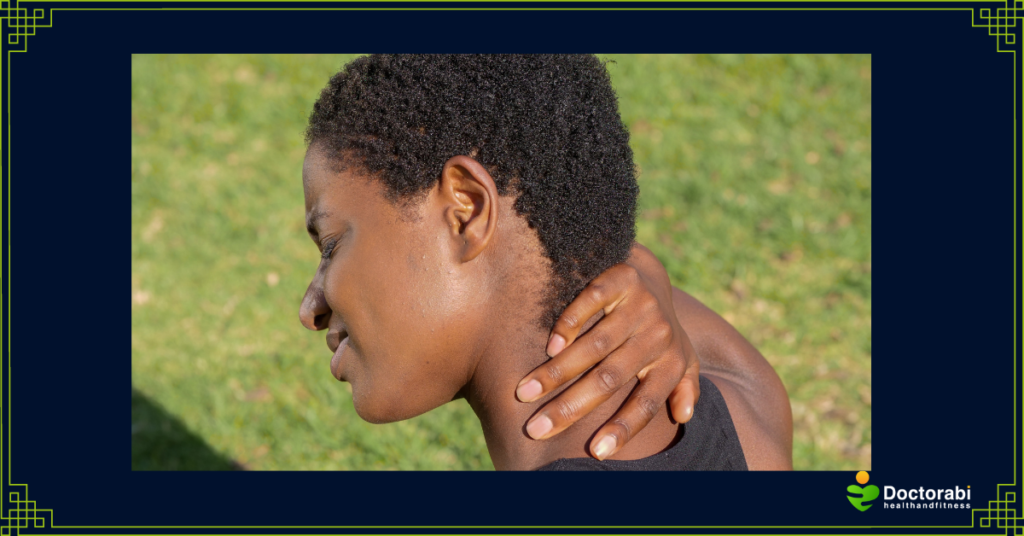
Eventually, I was able to identify where I went wrong and what led to my injury. Here is what happened right before my shoulder injury. I had found a simple 10-minute yoga workout that I liked. It was supposed to be a stretching exercise to wind down my day. Since it was so short, I did not think of it as exercise, and I failed to apply the same rules that I usually would to my exercise program. So I did it for 10 minutes every day, before bed, for a month. I never heard a pop or felt a tear at any time. I just started noticing twinges of pain, especially when I had to lift my right arm. So, what did I do? The most foolish thing ever! I ignored the pain and pushed through.
Anyhow, I broke the first 3 rules of my 10 tips below. #1) I did the same exercise every day, #2) I failed to listen to my body and did not realize when to stop, and # 3) I failed to take a rest day from exercise.
Before I go on, here is some food for thought. Your body is similar to a machine. Several organs and processes work together to keep your body functioning optimally. Like machines, our bodies need to be well-serviced, maintained, or oiled to perform at their best. How do we do this? By eating right, staying active, sleeping well, and reducing stress. Also, like all machines, our bodies break down sometimes. Often, there are early warning signs, and we need to pay attention to them to prevent a total breakdown.
So, here is more on the 3 tips I failed to follow and 7 more tips to prevent exercise injuries.
10 tips to prevent exercise injuries
1. Avoid repetitive exercises
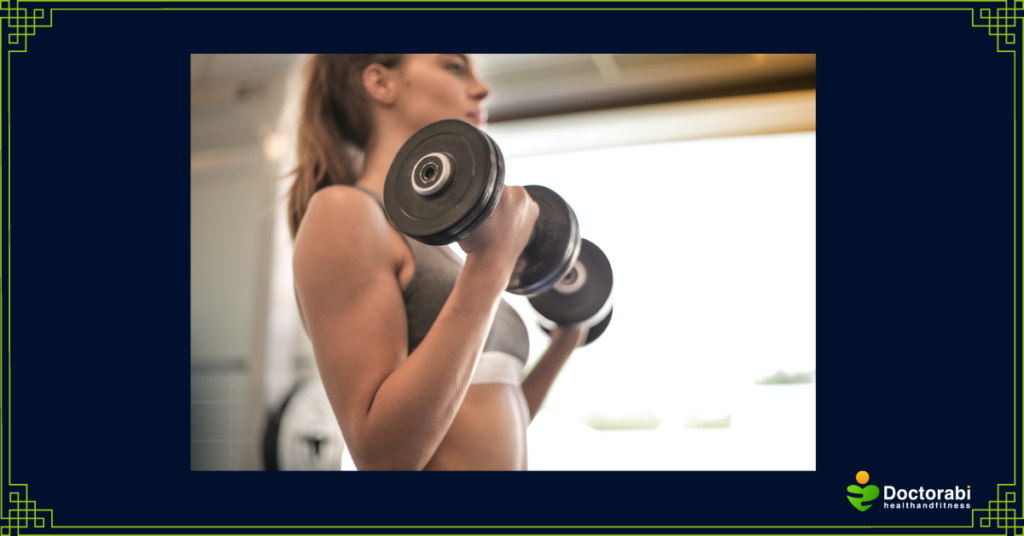
Avoid doing the same exercise every day. Try to mix things up. Doing the same workout every day produces wear and tear on the same joints and muscles without giving them time to rest. For example, you may have heard of tennis elbow, which is common in people who play a lot of tennis or other racket sports. Repeated use of the forearm muscles causes tears in the tendons that attach the muscles to the bone. Over time, this causes irritation and pain of the upper arm, near the elbow. So, to prevent injuries, avoid doing the same exercise repeatedly and allow your body to heal.
2) Listen to your body
Exercise with your body and your mind simultaneously. Your awareness level should be very high when you are exercising. Your mind should be paying attention to what your body is doing. That is the only way you will recognize any deviations from normal instantly. You can push through exhaustion but not through pain. When I injured myself, I may have been listening to one of my instructors who constantly says, “You can do anything for 5 minutes.” Yes. Maybe. But you don’t have to do anything for 5 minutes if your body is telling you otherwise!
3) Allow for rest days
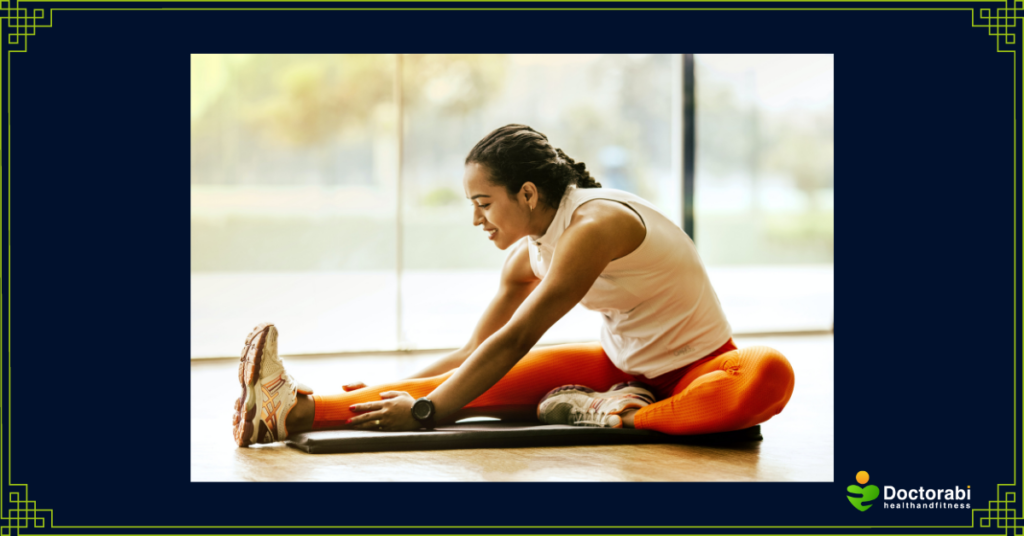
Regular exercise is essential, but so is rest. As a matter of fact, taking frequent rest days can help you get more from your workouts. Allow your body to recuperate before you push again. Though I usually take breaks, I did not think this particular 10-minute exercise was significant or challenging enough to require a break. Learn from my mistake! No matter how insignificant you regard the exercise, take at least a day of rest from it every week.
4) Wear supportive shoes
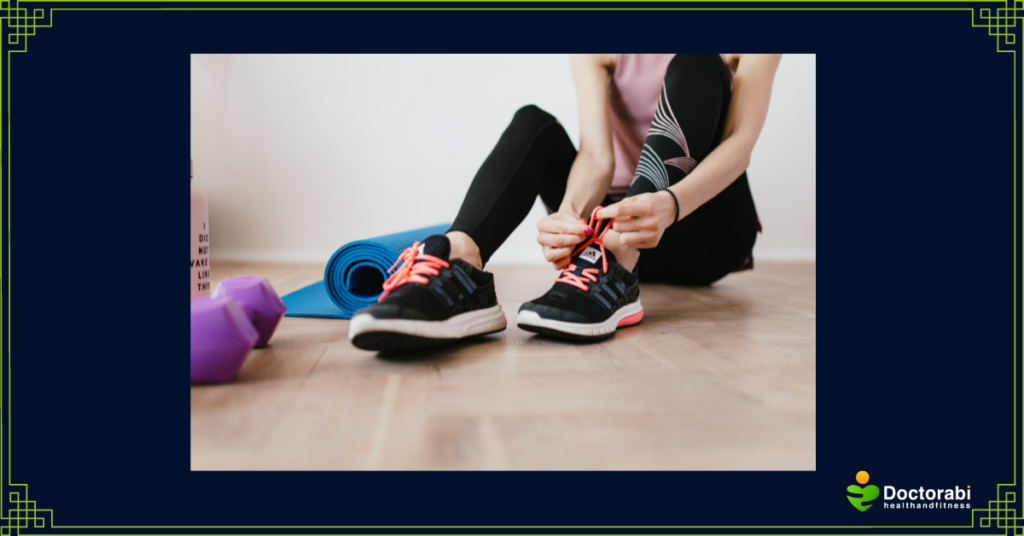
Good, well-cushioned shoes are a must if you want to protect your joints. Find the right pair of shoes and invest in them. Ultimately, it is cheaper to buy expensive high-quality shoes than to treat injuries. In addition, change your shoes regularly. Generally, you should replace your sneakers every six to eight months or after every 300 to 500 miles.
5) Exercise according to your fitness level
Learn to modify exercises in a way that feels comfortable for you without compromising your form. Our flexibilities are different, and our bodies are all shaped differently. Therefore, don’t try to look exactly as your coach or instructor looks. Copy the movement in your personal style while paying attention to proper form. If your instructor is jogging and it does not feel right for you, feel free to walk. Push yourself only as hard as you are pre-determined to push. Remember, your body, your life, your rules!
6) Perform stretching exercises regularly

As we get older, it’s natural for our joints to become stiffer, causing middle and old-age aches and pains. Stretching improves your flexibility and lubricates your joints. There are several modes of exercise that have stretching components, like Yoga and Tai chi. Here is my recommendation. Take at least one day a week to do a total body stretch.
7) Practice good form
Using improper form puts you at increased risk of injury. Practicing good form helps you work out each muscle group the intended way and prevents overtraining or undertraining of muscle groups. An imbalance in opposing muscle groups can increase your risk of injuries.
8) Protect your weak joints

We all have some joints in our bodies that are weaker than others. These weak joints are more susceptible to injuries than our stronger joints. Although there are several schools of thought on how to exercise your weak joints, my approach is to limit exercises that stress your more vulnerable joints. If you have to do those exercises, protect your weak joint by wearing protective gear. Protective gear can include knee braces, wrist braces, etc. For example, I am prone to ganglion cysts on my wrists, so I rarely do pushups. When I do, I wear a wrist brace to protect my wrist joint.
9) Warm-up adequately
Warming up raises your body temperature gradually and increases blood flow and oxygen to your muscles. Also, warming up increases your flexibility, so you can practice good form and avoid injuries. So, take that first 5 to 10 minutes to get your body ready for the journey ahead.
10) Cooldown after exercising
If you stop exercising abruptly, your muscles suddenly stop contracting. This abrupt stop causes blood to pool in your legs and can cause you to feel dizzy because of a rapid drop in your heart rate and blood pressure. Dizziness can make you lose your balance, fall, and sustain injuries. The cooldown period is an excellent time to stretch because your muscles and joints are still warm.
Stretching is even more critical as we get older. The natural tendency is for our muscles to become tighter and shorter as we age. Using these short and tight muscles in our daily activity contributes to those joint pains, aches, and cramps that we often feel as we get older. Stretching keeps the muscles flexible, strong, and healthy.
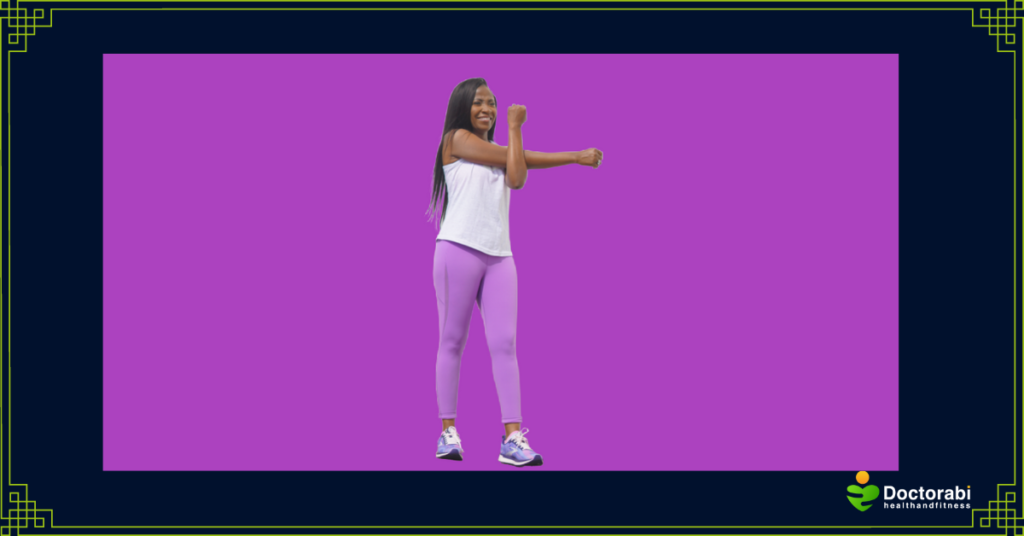
Final Thoughts
Many people are fearful of exercising because of an injury they sustained while exercising. Here is the thing. In the long run, you are more prone to injuries due to the lack of flexibility that comes naturally with aging. So, you are better off exercising to become more flexible, prevent injuries, and obtain all the other health benefits of exercise. While we cannot control everything 100 percent, putting into practice these 10 tips to prevent exercise injuries will reduce your risk of injuries. So, it is time to leave the past behind. Create new goals, and be determined to exercise safely.
Have you ever sustained any injuries while exercising? What factors led to the injury? What could you have done differently? Are there any additional tips to prevent exercise injuries? Please share in the comments section below.
Yours in health and fitness,
Doctor Abi

